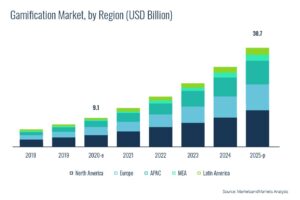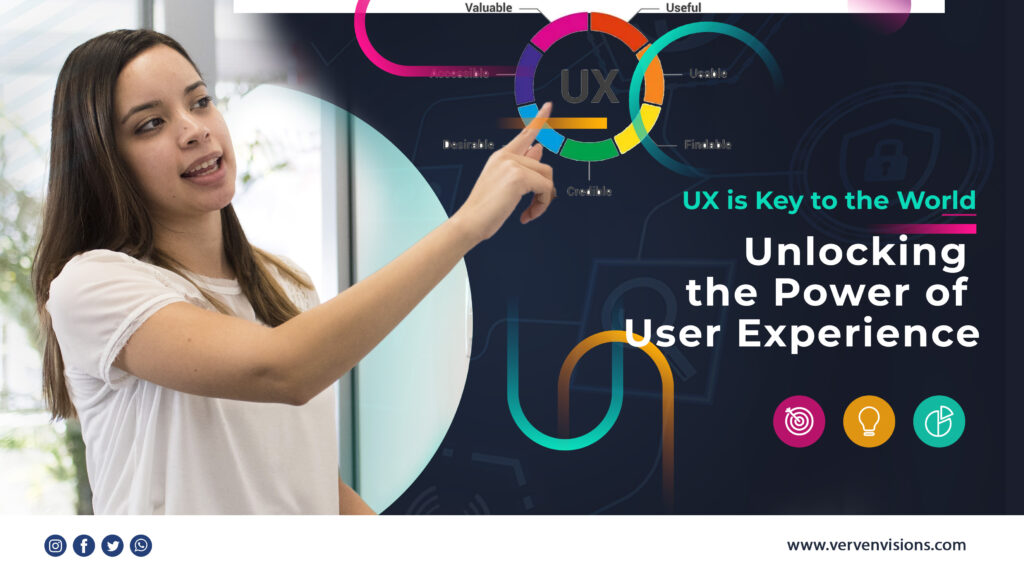Introduction
In today’s highly competitive digital landscape, creating an engaging user experience (UX) is key to the success of any product or service. One effective strategy that has gained significant traction is gamification. By applying game-like elements and mechanics to non-gaming contexts, gamification has proven to be a powerful tool in increasing user engagement, motivation, and overall satisfaction. In this blog post, we will explore how gamification in UX can transform the way users interact with products and services, ultimately driving business growth.
What is Gamification?
Gamification is the integration of game design principles and mechanics into non-game environments. It leverages human psychology, motivation, and our natural inclination towards competition and rewards. By incorporating elements such as points, badges, leaderboards, levels, challenges, and rewards, gamification aims to make experiences more enjoyable, compelling, and interactive.
Enhancing User Engagement through Gamification
Increasing Motivation: Gamification taps into our intrinsic motivation by providing clear goals, challenges, and rewards. By breaking down complex tasks into smaller, achievable objectives, users feel a sense of progress and accomplishment, which fuels their desire to continue engaging with the product or service.
Fostering Competition and Collaboration: Humans are inherently competitive. Introducing leaderboards, challenges, and social sharing features in UX can spark friendly competition among users. This not only enhances engagement but also encourages users to strive for better performance and fosters a sense of community through collaboration and shared achievements.
Providing Instant Feedback and Progress Tracking: Gamification allows for immediate feedback on users’ actions. Whether it’s earning points, unlocking badges, or advancing to higher levels, these visual indicators provide users with a sense of accomplishment and progress. Clear feedback loops help users understand the impact of their actions, creating a more immersive and rewarding experience.
Making Mundane Tasks Fun: Gamification has the power to transform monotonous or mundane tasks into enjoyable experiences. By introducing game-like elements, users are more likely to stay engaged, even when dealing with repetitive or less exciting activities. This can be particularly useful in educational platforms, fitness apps, or productivity tools where user motivation is crucial.
Encouraging Desired User Behavior: Gamification can be a powerful tool to guide users towards desired actions or behaviors. By incentivizing and rewarding specific behaviors, such as completing tutorials, exploring different features, or sharing content, gamification helps steer users toward engaging in activities that align with the product’s goals.
In fact, 85% of employees are shown to be more engaged when gamification solutions are applied to their workplace.
Furthermore, as gamification-focused learning technology experts, we are delighted to see that 90% of survey respondents believe that gamified learning solutions are effective. There are also many examples of businesses who have gamified their processes, and have seen impressive results.
But as the world continues to change, how will gamification evolve to fit the changing needs of today’s modern learners? Has gamification reached its pinnacle? How can you apply these trends to design better gamified programs?
Previously, we explored the current , but now it’s time to focus solely on gamification. In this article, we have carefully rounded up the key trends that will affect the gamification space in the next five years. So if you’re ready, let’s dive in!

Conclusion
Gamification in UX has proven to be a powerful strategy for enhancing user engagement, motivation, and overall satisfaction. By leveraging game-like elements and mechanics, businesses can transform their products and services into more immersive, enjoyable, and rewarding experiences. Whether it’s through fostering competition, providing instant feedback, or encouraging desired behaviours, gamification has the potential to create long-lasting user connections and drive business growth. As companies continue to prioritize user-centric design, integrating gamification into UX will undoubtedly play a pivotal role in shaping the future of digital experiences.




